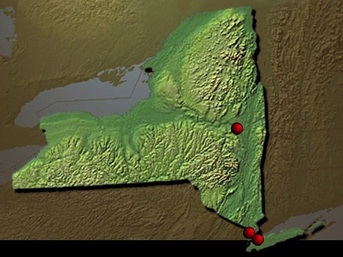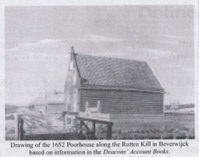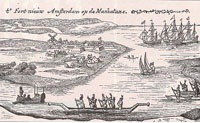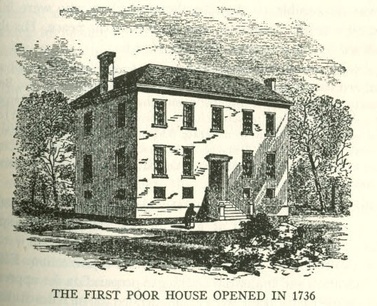1650-1799

New York State has a long history of attempting to care for people with disabilities. As New York emerged from the colonial era, it needed to provide for the mental health needs of its citizens. In the early 1800s, the New York Hospital was the only option for state care of the “insane.” In 1824, the legislature enacted a law requiring counties to establish almshouses that would provide care for a “dependent population” that included “paupers, lunatics, and idiots.” The state erected asylums for the blind, the deaf, and the insane. People with intellectual disabilities were often mixed in with these populations—housed with the poor, in jails, or found themselves without any support or services. Science, medicine, government, and social thought converged as New York sought a “cure” for the “idiots and imbeciles” and established the second state-sponsored institution for people with intellectual, cognitive, and developmental disabilities in the United States.
As the perception and understanding of “disability” changed over time, different institutions arose to provide care and to mitigate the “burden” these individuals placed on society. As “progressive” treatment and training emerged, people with disabilities traveled the road from institutional care to community care. This map shows some of the institutions, their history and development, and the people who lived and worked within them.

Probably the first poorhouse in North America, and built on land given for the poor by the government of New Netherland to deacons of the Dutch Reformed Church, it pre-dates the one built in 1684 in the English colony of Boston. Under the Dutch system, the poor did not live in the building- they were boarded out with other needy village residents. It was a place for them to receive alms, food, clothing or goods, or to do assigned work.

Jacob Hendrickszen Varrevanger, surgeon to the Dutch West India Company, establishes tiny infirmary for the poor on Broad Street in the Dutch settlement of New Amsterdam (now New York City.) It still existed as a poorhouse and hospital in 1680 under English rule.

The New York City Charter of 1731 provided for the construction of a municipal hospital at the cite of today's City "Hall. Paid for by taxes, New York's first publicly supported institution for dependent people was opened in 1736 and housed the poor who refused to work, the poor who were unable to work and the poor who were willing but unable to find work. It had a single room containing six beds. The construction cost New York City residents 80 pounds and 50 gallons of rum.
Click on any image to explore the virtual gallery.
[slickr-flickr search="sets" set="72157628927710807" items="100" descriptions="on"]

